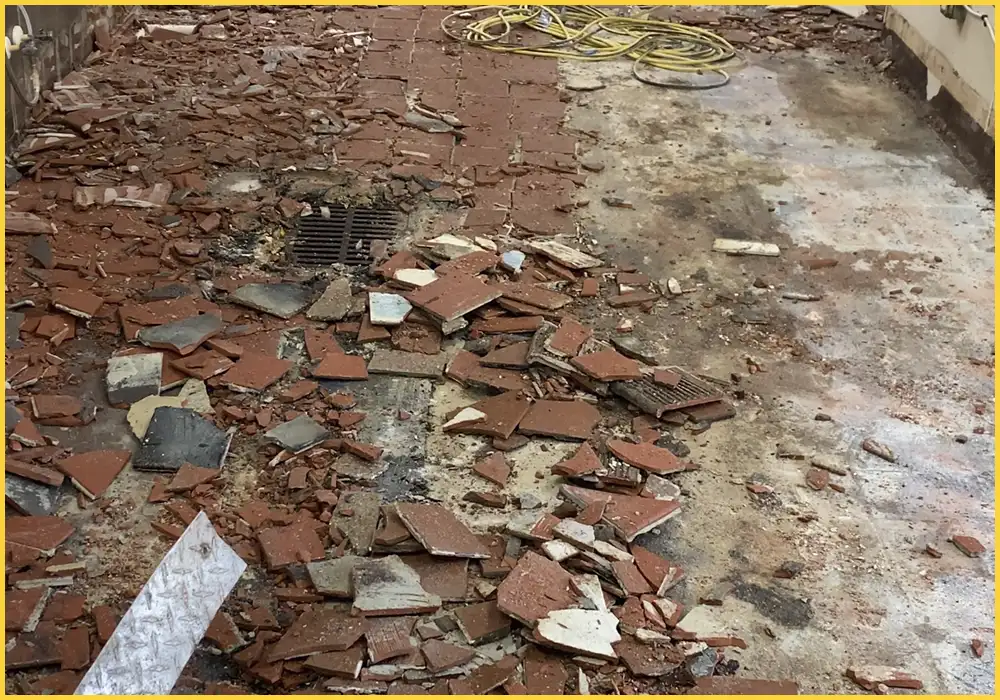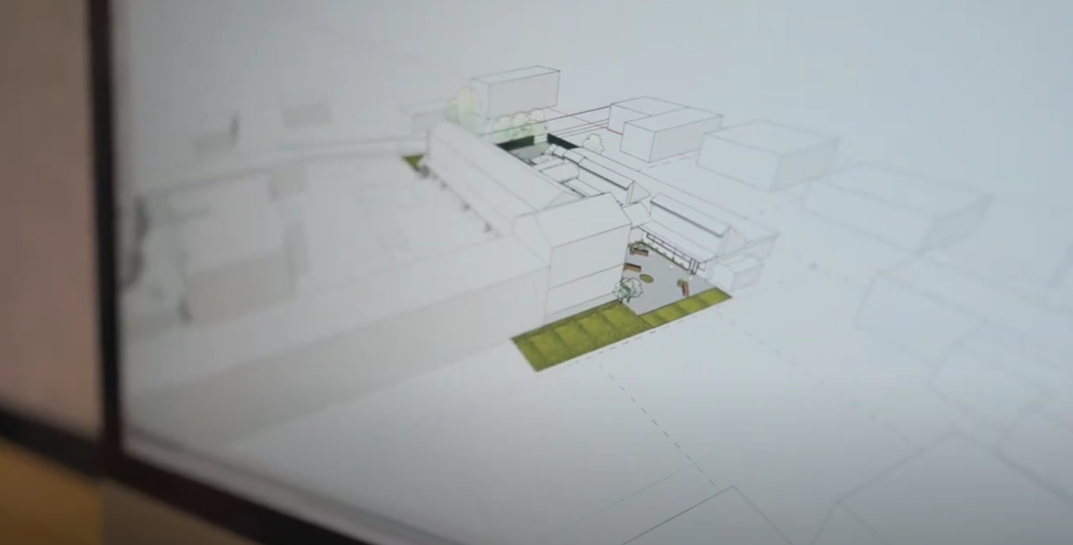In the United States, home remodeling is more than just an upgrade—it’s a transformation. A whole home remodel can breathe new life into your living space, increase property value, and align your home with your evolving lifestyle. Whether you’re looking to modernize an older house or create a functional space for your growing family, planning and executing a successful whole home remodel requires careful consideration, strategic steps, and expert guidance.
This article will walk you through the essential elements of a whole home renovation, from initial planning to final touches, ensuring that your project stays on track and delivers the results you desire.
Understanding What a Whole Home Remodel Entails

A whole home remodel involves completely overhauling your living space, often going down to the studs. This means removing existing walls, updating electrical and plumbing systems, and reconfiguring the layout of your home. Unlike smaller renovations like kitchen or bathroom updates, a full home remodel is a comprehensive project that can take several months to complete.
The goal of a whole home remodel is to create a space that reflects your personal style while improving functionality, energy efficiency, and overall comfort. It’s a significant investment, but with proper planning, it can be one of the most rewarding projects you undertake as a homeowner.
Key Steps to Plan Your Whole Home Remodel
1. Assess Your Needs and Goals
Before diving into the details, take time to evaluate what you want from your home. Are you looking for more space? Better flow between rooms? Improved energy efficiency? Or simply a fresh, updated look?
- Identify Priorities: Determine which areas of your home need the most attention. For example, if your kitchen is outdated, focus on that first.
- Set Realistic Expectations: Understand the scope of work and how it aligns with your budget and timeline.
2. Create a Detailed Budget

Budgeting is crucial when planning a whole home remodel. According to industry estimates, the average cost of a whole-home renovation ranges from $60 to $150 per square foot, depending on the materials and complexity of the project.
- Break Down Costs: Include expenses such as labor, materials, permits, and a contingency fund (typically 10–20% of the total).
- Get Multiple Quotes: Compare bids from contractors and designers to ensure you’re getting fair pricing without compromising quality.
3. Hire the Right Professionals
A successful whole home remodel starts with the right team. You’ll likely need:
- General Contractor: Oversees the entire project, manages timelines, and coordinates subcontractors.
- Architect or Designer: Creates detailed plans and ensures the design meets your vision and building codes.
- Specialists: Electricians, plumbers, HVAC technicians, and other experts may be required depending on the scope of work.
4. Obtain Necessary Permits

Most major renovations require local permits to ensure compliance with safety and building regulations. Work with your contractor to secure all necessary approvals before starting any structural changes.
5. Develop a Timeline
A well-planned timeline helps keep your project on schedule and minimizes disruptions. Discuss with your contractor the expected duration of each phase, including demolition, construction, and finishing touches.
Executing Your Whole Home Remodel
Once your plan is set, the execution phase begins. Here are the key steps involved:
1. Demolition and Structural Changes
The first step in a whole home remodel is usually demolition. This involves removing old finishes, walls, and other elements to make way for the new design. Structural changes, such as adding windows or moving walls, should be handled by experienced professionals to ensure the integrity of your home.
2. Update Mechanical and Electrical Systems
This phase includes upgrading your home’s plumbing, electrical wiring, and HVAC systems. These updates not only improve safety but also enhance energy efficiency and comfort.
3. Install New Finishes and Fixtures
After the structural work is complete, it’s time to add the finishing touches. This includes installing drywall, flooring, cabinetry, lighting, and other fixtures that bring your design to life.
4. Final Inspections and Adjustments
Before moving back in, conduct a final walkthrough with your contractor to ensure everything meets your expectations. Address any issues and make sure all permits are approved.
Tips for a Successful Whole Home Remodel
- Stay Involved: Regular communication with your contractor and designer is essential to stay informed and make decisions as needed.
- Be Flexible: Unforeseen challenges can arise during a renovation. Be prepared to adapt and find solutions.
- Document Everything: Keep records of all contracts, quotes, and communications to avoid misunderstandings.
Conclusion
A whole home remodel is a major undertaking, but with careful planning, the right team, and a clear vision, it can transform your living space into a place that truly reflects your lifestyle. Whether you’re renovating for personal enjoyment or to increase your home’s value, following these steps ensures a smooth and successful process.
If you’re considering a whole home remodel, start by evaluating your needs, setting a realistic budget, and hiring the right professionals. With the right approach, your dream home can become a reality.
Meta Title: US Trending News: How to Plan a Whole Home Remodel
Meta Description: Learn how to plan and execute a successful whole home remodel with expert tips and step-by-step guidance.
Author: [Name]
Title/Role: Home Improvement Expert
Credentials: [Summary of experience and qualifications related to home remodeling]
Profile Link: [Optional link to author profile]
Sources:
– Home Remodeling Guide
– National Association of Home Builders
– Remodeling Magazine
Internal Links:
– How to Choose the Right Contractor
– Top Home Renovation Trends 2025
– Understanding Permit Requirements
Featured Snippet Optimization:
A whole home remodel involves completely overhauling your living space, often going down to the studs. It includes structural changes, updating mechanical systems, and creating a functional, stylish environment. Planning, budgeting, and hiring the right professionals are key to a successful project.
Call to Action:
Stay updated with the latest news on home improvement and remodeling trends. Explore today’s headlines and discover how to transform your living space.












More Stories
Understanding VA Compensation Rates for Veterans in 2024
US Trending News: What You Need to Know About the Vonage Settlement Check
How to Use Washington Health Plan Finder: A Complete Guide for 2024